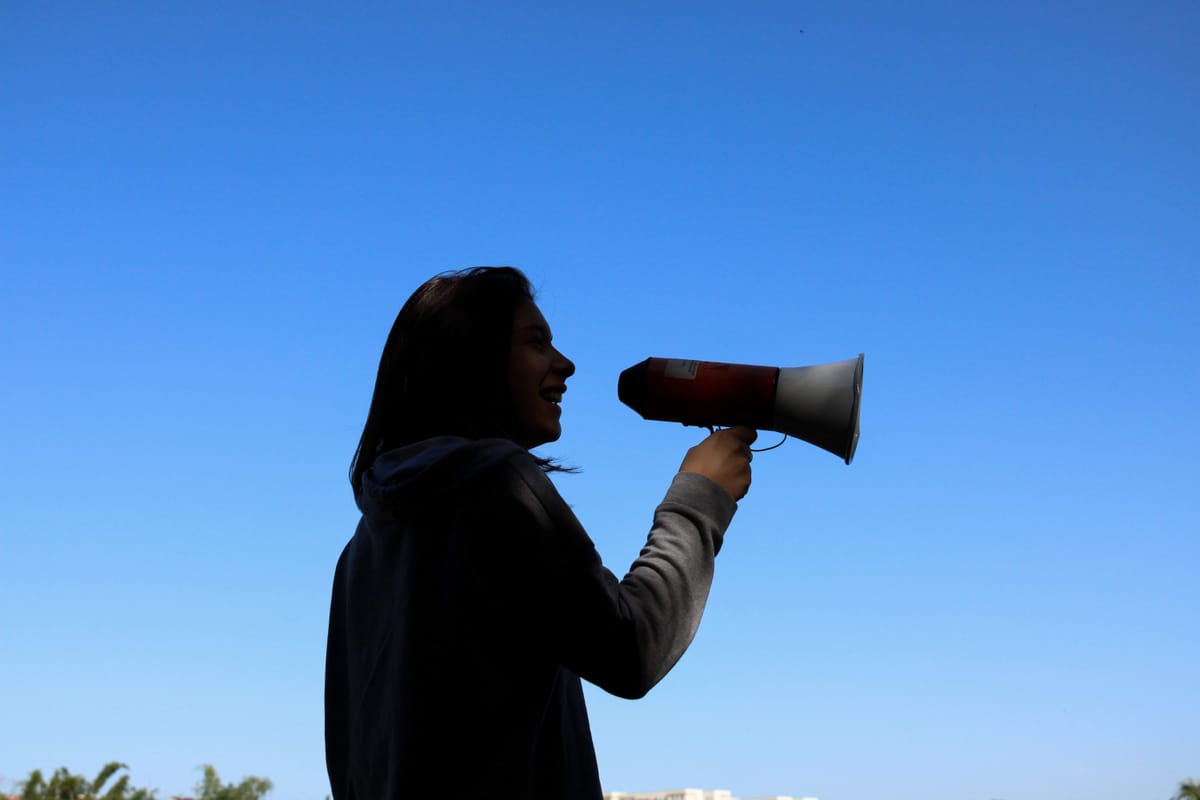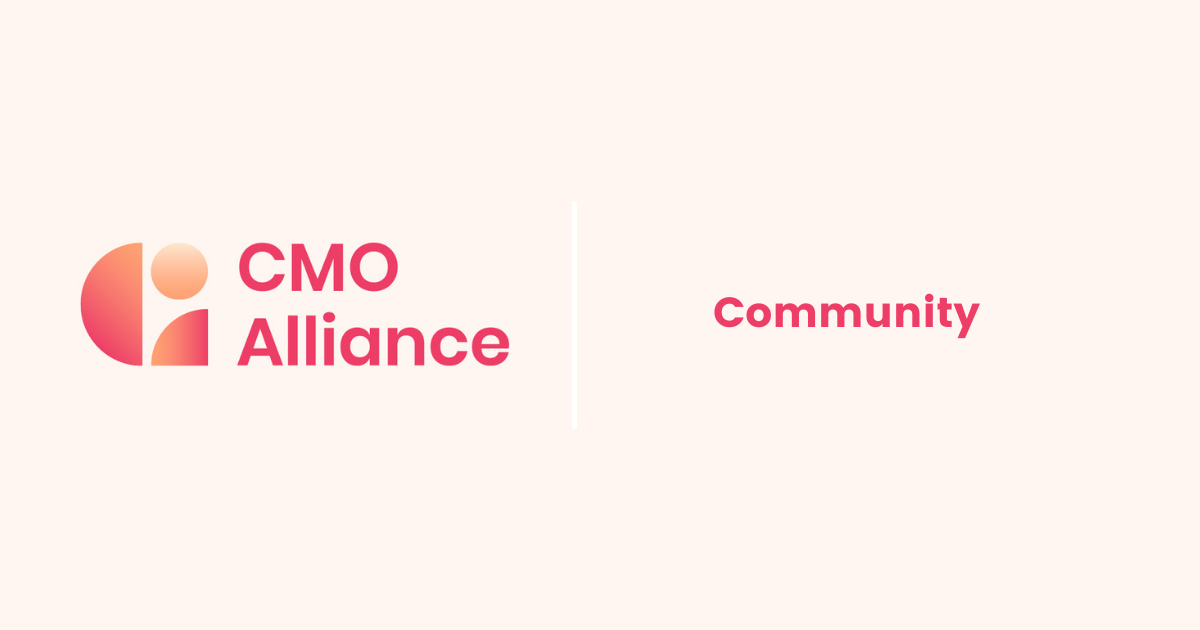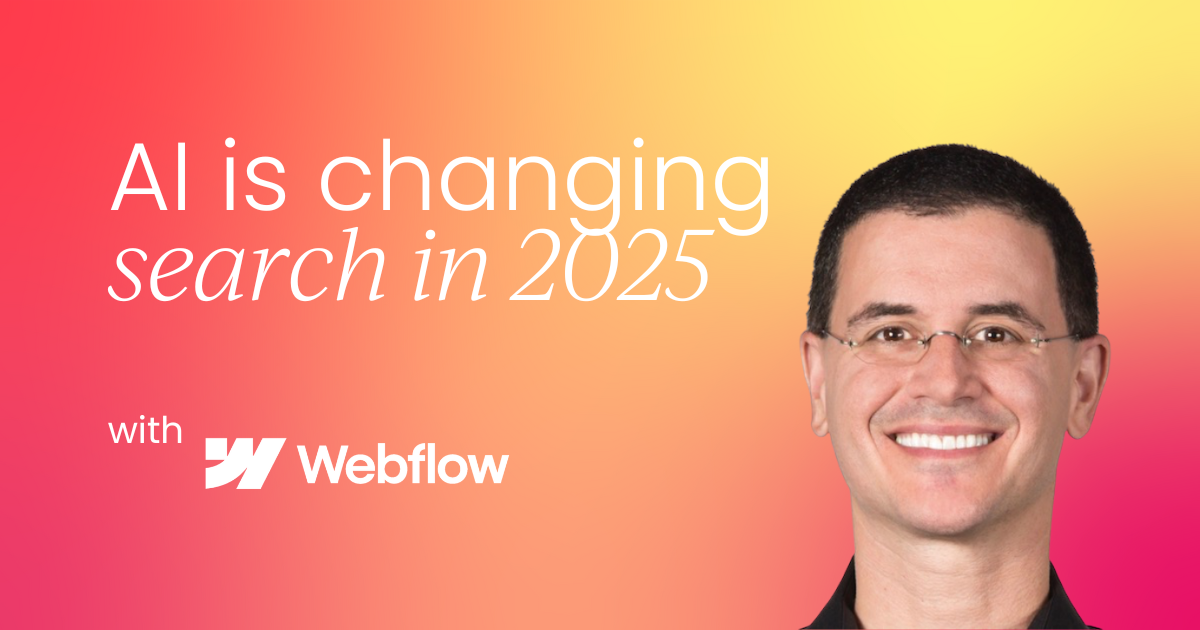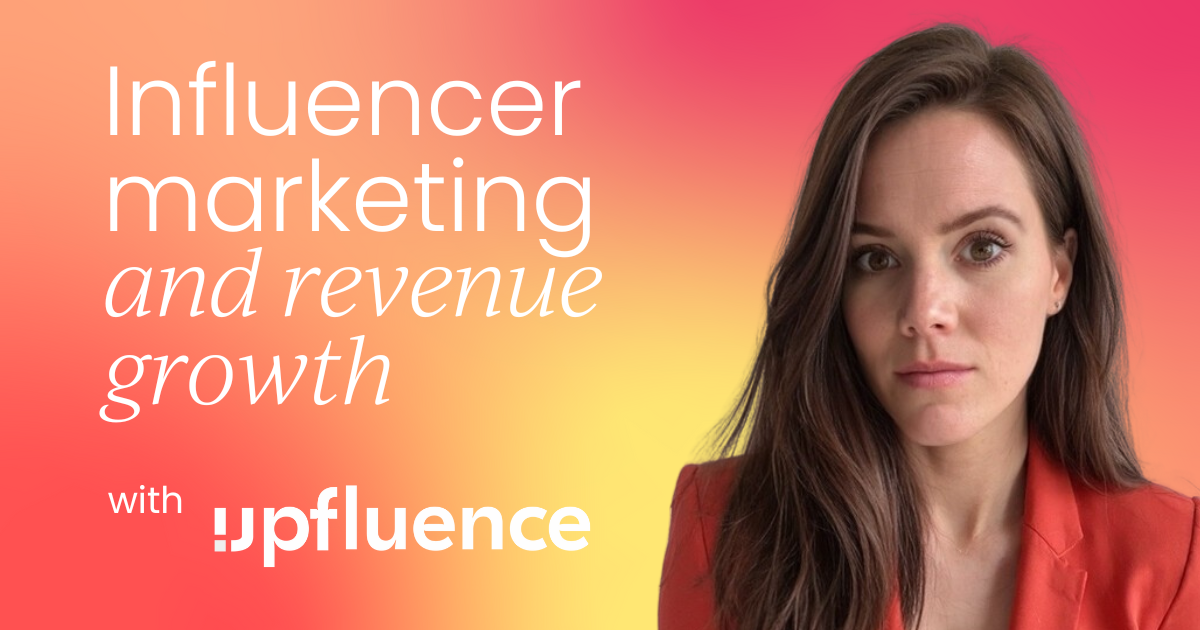The term “dark social” was coined in 2012 by American journalist Alexis Madrigal in an article in The Atlantic, titled “Dark Social: We Have the Whole History of the Web Wrong”.
He used it to refer to content shared through private channels like instant messaging and email, making it extremely difficult to track and measure.
It accounts for a significant portion of social sharing, meaning there’s a lot of untapped potential you should be considering—after all, as a CMO or marketing leader, understanding and leveraging dark social can help you drive brand awareness and engagement.
What is dark social?
As mentioned, dark social is all about the content that can’t be tracked by analytics tools since it’s shared in private spaces, from SMS to messaging apps.
While this content might be invisible to you, it can still influence consumer behavior and brand perception.
@revenue.marketing Heard of dark #social? There’s a lot of untapped potential you should be considering, as this type of #content accounts for a significant portion of social sharing. #socialmedia #contentmarketing #marketing #marketingtips #fy #fyp #messaging #growthmindset #privacymatters
♬ original sound - Revenue Marketing Alliance
For example, imagine a marketing director shares a unique discount code for an upcoming product launch in a private WhatsApp group with close friends and family. The link will take the users to the site, but tracking is nearly impossible as conversations are encrypted within this platform.
In addition, what if the group forwards the message to their contacts, who further share it in other private chats and direct messages on Instagram and Facebook? Despite the company's extensive social media tracking, they notice an unexpected surge in conversions and website traffic, with no clear source in their analytics.
“One dirty secret of web analytics is that the information we get is limited. If you want to see how someone came to your site, it's usually pretty easy. When you follow a link from Facebook to The Atlantic, a little piece of metadata hitches a ride that tells our servers, "Yo, I'm here from Facebook.com." We can then aggregate those numbers and say, "Whoa, a million people came here from Facebook last month," or whatever.
“There are circumstances, however, when there is no referrer data. You show up at our doorstep and we have no idea how you got here. The main situations in which this happens are email programs, instant messages, some mobile applications*, and whenever someone is moving from a secure site ("https://mail.google.com/blahblahblah") to a non-secure site (http://www.theatlantic.com).
“This means that this vast trove of social traffic is essentially invisible to most analytics programs.” — Alexis Madrigal
Ethical concerns with dark social
While dark social itself is a neutral concept and not inherently ethical or unethical, the ethical considerations depend on how it is used and how orgs respond to it.
For example, if marketers try to exploit private channels for advertising in ways that aren’t transparent to users, this can be seen as manipulative. Dark social can also be used to spread misleading or false information, which is hugely unethical.
It’s crucial that you’re transparent and clear about how you collect data and how you use it. Users should also consent to tracking and data collection. Another thing to consider is privacy – respect your users’ privacy and avoid invasive tracking methods.
Users expect to be able to use incognito mode (a.k.a., private mode) but a 5 billion USD class action lawsuit against Google, initiated in 2020, alleged that the company tracked online activities and invaded users’ privacy. Google agreed to settle.
Therefore, it’s important to remain transparent, request consent, and ensure privacy.
The importance of tracking dark social
Not only are you in the dark when it comes to a good chunk of your traffic but also everyone uses dark social, so it’s clear ignoring it can impact your company’s marketing.
Steve Lamar, Web Analyst and the founder of Really Good Data, led an experiment published on SparkToro where he set up 16 unique URLs across various subdomains, each designed to track traffic from different social networks and private messaging apps.
The results?
100% of visits from platforms like TikTok and Slack were marked as ‘direct traffic’, which meant they didn’t contain any referral information. 75% of visits from Facebook Messenger lacked referral data, as did other platforms like LinkedIn and Instagram DMs.
His experiment highlights the significant amount of traffic that is misattributed as ‘direct’ in analytics reports.
Tapping into dark social
2018 research from GetSocial found that, on average, 10% of the traffic to their site came from shares on private channels. This is huge when you consider how much traffic your site receives.
But how can you tackle the attribution challenge?
Use UTM parameters
Adding these parameters to links shared in known dark social channels can help you track the origin of when the links are accessed.
Implement direct sharing buttons
Incorporate buttons in email, messaging apps, and other private channels directly on your website, which can help you capture attribution data when people click those buttons.
Analyze traffic patterns
Identify spikes in direct traffic and correlate them with your marketing activities. Doing this can provide you with indirect evidence of dark social activity.
Surveys and feedback
Asking new customers how they heard about your brand or product can help measure that hidden traffic, since it offers insights into dark social sources.

Referral codes
Use unique referral codes for different campaigns and share these codes in private channels, since tracking them can help you attribute traffic.
Custom landing pages
Another thing to consider is creating landing pages dedicated to different campaigns. When users share these pages, you can track the visits and interactions more effectively.
Use analytics
Analytics tools allow you to infer dark social traffic by analyzing patterns and user behavior. You can also sign up for services like GetSocial’s dark social calculator, which uses your Google Analytics data to estimate the amount of traffic you receive from these opaque sources.
Example: Airbnb
AirBnB’s Guest Referral Program allows people to share a unique referral link with friends and family and earn rewards when people make bookings through it.
However, it wasn’t always the case. Before using these links with unique identifiers which allows Airbnb to track the source of the new user sign-ups or bookings, a lot of this traffic would come from untrackable sources, such as SMS and social media messages.
The program incentivizes people to share because they earn travel credits or discounts, too.
Airbnb is able to understand where traffic is coming from and make the most of it to drive conversions.
So, the company effectively leveraged dark social.
In short
Understanding dark social is crucial for a holistic marketing strategy and, while challenging to track, there’s no denying its impact on brand engagement. Make sure you employ the right tools and tactics in order to drive growth and boost your brand’s presence.
Want to discuss topics like dark social that are crucial for CMOs and marketing leaders? Share your thoughts on the CMO Alliance Community channel and network with your peers at the same time.







.png)









 Follow us on LinkedIn
Follow us on LinkedIn





